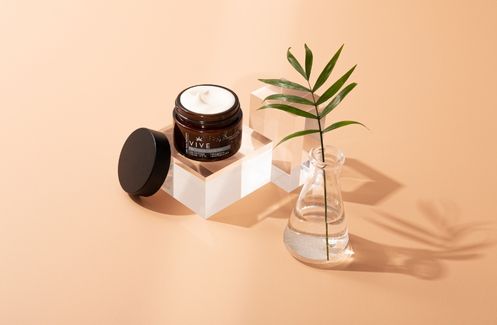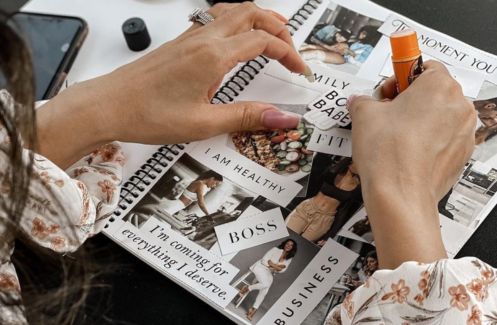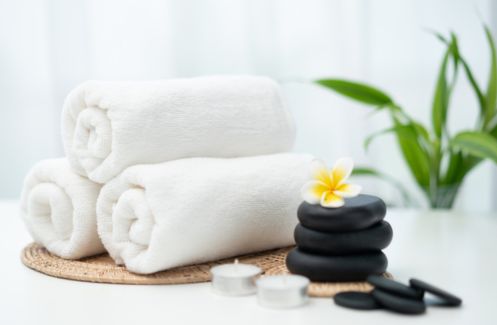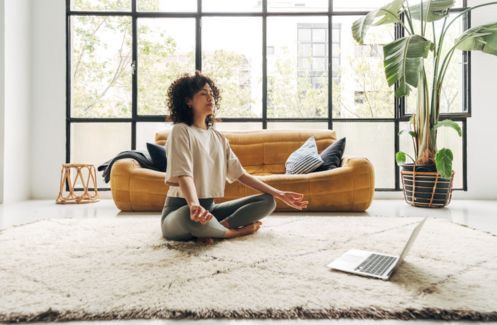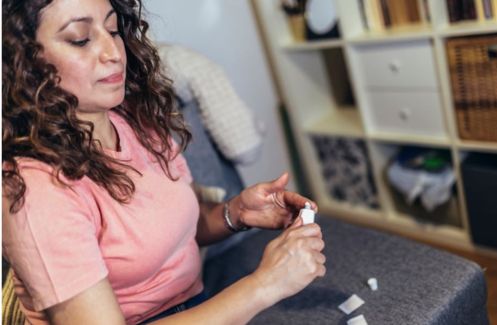Planning a pregnancy? Thought about home birth as an option? After providing support to hundreds of women for over 15 years, Natalie Meddings shares her top ten tips to having and preparing for a great home birth experience
Tip #1: Get your facts straight
There’s an assumption in our culture that birth is risky and unpredictable by default. Which means the concept of having a baby at home can trigger a gasp. ‘You’re brave!’ people say to women planning one. But for a healthy mother with an uncomplicated pregnancy, birth is safe wherever she has her baby.
The NPEU Birthplace Study confirmed that whether birth takes place in a birth centre, hospital or home, the chances of it unfolding safely are extremely high. We’re an informed age, yet few people find out the accurate facts about childbirth – the absolute risks as opposed to the perceived risks.
So as a first step, get clear. Ignore the scary TV programmes, or other people’s opinions and consider how safety in birth is three-tiered:
- labour is a normal physical process that the female body is designed to undertake
- antenatal care gives us a reliable picture of a mother and baby’s health and thus an advance understanding of how both will cope with birth
- a trained midwife is on hand in labour to carry out checks and keep an eye that all is well|
The NPEU Birthplace Study confirmed that whether birth takes place in a birth centre, hospital or home, the chances of it unfolding safely are extremely high
With the above in place, serious emergency is incredibly rare. Also a midwife caring for you at home provides focused, one-to-one care. Maternity ward midwives are super-busy. Along with shift changes, this means continuous care is harder to provide than at home, where a midwife can get a sense of your labour as a whole, and respond promptly if something is deviating from normal. Do some reading, look into the pros and cons of each setting and make your plans for where to have your baby using good information.
Tip #2: Booking in
Start by contacting your local home birth team. Contact your GP or current midwife for a telephone number or look on the hospital trust website. Everyone is entitled to give birth where they choose, so if there isn’t a dedicated team, your hospital trust still has a responsibility to provide you with a midwife at home.
A midwife will visit you and this is an opportunity to find out how the care works and what you can expect in labour. On the day, the same equipment is provided as in a midwife-led unit: gas and air, drugs to prevent bleeding and breathing equipment in the unlikely event that the baby needs stimulation. If your pregnancy is straightforward, booking care should be simple and you’re likely to have all your antenatal appointments at home from then on. If you have more complex issues, arrange to have a chat with a consultant midwife, as needs can often be accommodated with some pre-planning.
For information on rights and choices, go to aims.org.uk and birthrights.org. Local home birth and positive birth groups are a good source of support and info as is tellmeagoodbirthstory.com, who can put you in touch with women who’ll share their experience of giving birth at home.
Tip #3:Understand birth
The key to birth is confidence and the way to get that is to understand how your body actually works in birth, what you’re going to need if it’s to function smoothly.
The female pelvis is pliant and fit for purpose, expanding and opening in labour to let a baby through. Contractions are produced by the hormone oxytocin. The more it flows, the stronger your contractions, the stronger your contractions, the more efficiently your baby moves down, enabling it to be born.
Oxytocin release also triggers endorphins. These are powerful natural painkillers and when releasing to their max, make labour manageable and the mother soothed and naturally sedated.

However, you also need to know what disturbs all this. Lying back on a hospital bed for example. Without gravity or mobility, the baby won’t be pressing on the cervix so well, which can affect progress. The pelvis itself is restricted too, giving the baby less space to advance.
And then there are the hormones. Oxytocin can’t easily flow (nor endorphins build) when you need to think, engage or stay in charge of yourself, which you’re likely to be doing in an unfamiliar, institutional setting. Think of other intimate physical processes where you need to let go, like sleep, sex or going to the loo – how easy would they be in a place where you’d feel disturbed and on view?
The key to birth is confidence – to get that you need to understand how your body actually works in birth, what you’re going to need if it’s to function smoothly
Home on the other hand provides the ideal environment for supporting hormone flow. It’s private, peaceful, safe, dark – YOURS. There’s freedom to move, plenty of comforts and partners are able to relax. Your own space works like a big green light for labour, giving the involuntary process of labour the chance to function optimally.
Home won’t feel safe for everyone, but given it ticks the biological boxes, it is an optimal setting for most. We support our own health by eating well and exercising and this is the same. Home gives your body what it needs.
Tip #4: Ditch the headline
The word home birth is a loaded term. Mention of it tends to trigger unhelpful comments, usually from people who don’t know the facts. Instead of feeling you have to defend your decision or worse, feeling wobbled by people’s judgement, save yourself the stress and consider dropping the term altogether.
Back in the day, when birth in hospital was reserved for extreme emergencies only, no one talked of ‘home birth’. You just had your midwife come to you when labour began, and went from there. Most stayed at home, a tiny minority were transferred for medical care. The point was maternity care was geared around the most likely outcome – a straightforward birth – not the least.
So give your plan the same reframe. When people ask where you’re having your baby, say your booking in to a hospital or that you have a midwife coming to you and you’re going to see how you feel. Midwife care at home is a flexible, commonsense arrangement highly suited to a healthy woman enjoying a healthy pregnancy. So avoid stoking prejudices and describe exactly what you have in place – options.
Tip #5: Preparing mind and body
Attend a weekly pregnancy yoga class. Stretching will improve flexibility, energy and well-being during pregnancy, but is also a great preparation for birth, helping you to connect with your body and breath, and get familiar with forward-leaning, opening poses that you’ll instinctively adopt in labour.
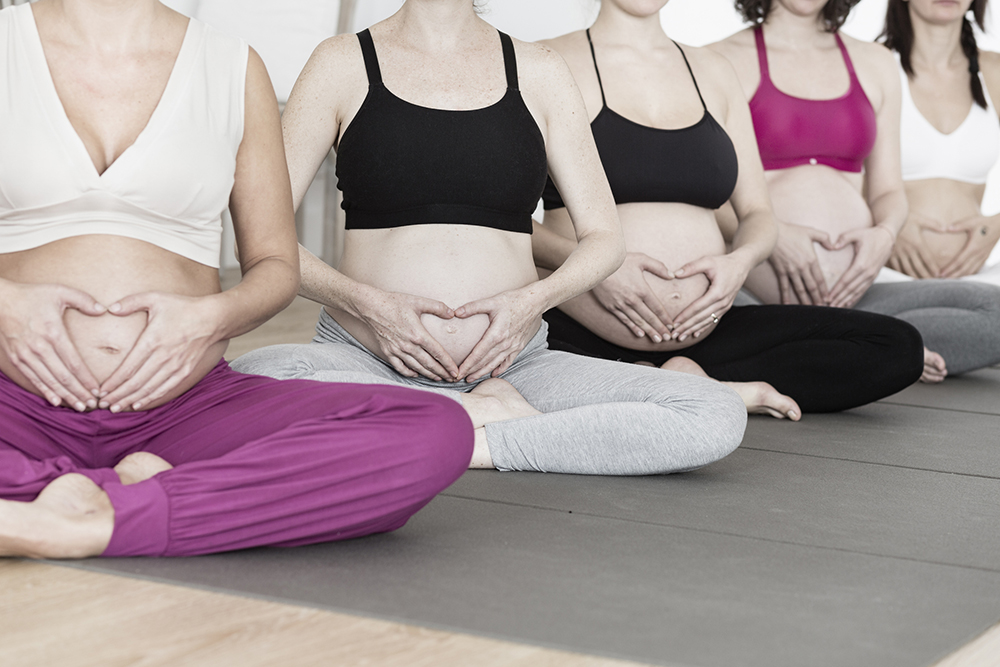
A regular walk from 36 weeks is another good habit, helping the baby into a good position for birth and also set aside time for relaxation. Run a bath, light some candles, or just close your eyes and play a hypnobirthing download. Slow and deepen your breathing, soften and let go of your muscles – just as you’ll need to in birth.
Tip #6: Get good birth support
Labour is intense, without doubt the most physically demanding thing your body will ever do. So make sure you have experienced support on board – someone you know – as it can be a game-changer. Midwives have a tonne to do. Partners have likely not seen birth before – so get yourself a ‘sherpa’, a doula or experienced friend who’s knows the way, what is normal and is able to pace you, and keep you reassured, confident and comfortable.
Tip #7: Preparing your home
The idea that giving birth is horribly messy is a myth. Labour-proofing your home involves nothing more than having a big stack of towels, a couple of old sheets or a shower curtain, a bucket in case you’re sick and a way to make your home warm on demand.
In your own home, options for comfort are almost limitless.
If you want a birthpool, these can be bought or loaned from your local home birth group and easily inflated and filled on the day. Candles or fairylights are useful for creating a relaxing mood, and once things begin, have lots of cushions, blankets, and best of all a yoga bolster, for making a big soft floor space to get down on.
Have tea and biscuits for the midwives, frozen fruit, ice and some big jugs of cold water to refresh you and a nice big BIRTHday cake to celebrate when the baby arrives. Pack a hospital bag in advance and tuck it away in a cupboard so that’s ready in case you need to transfer.
Tip #8: Comfort and coping
In your own home, options for comfort are almost limitless. You’re free to move, sway, hang, lean – and of course doze in your own comfortable bed. You can shower, take a warm bath, fill a hot water bottle on repeat, moan, sigh, sing, strip off as you please. Then there’s lavender to breathe on a handkerchief, frankincense oil when things get deeper, ice on demand when you get hot, chamomile and honey tea to soothe.

Take two long scarves, tie a knot at the end of each, throw them over the back of a door, shut it firm and pull the scarves tight. You’ve now got something to hang from – being able to let the weight go from your pelvis, back and bottom will bring immense relief. I could go on….and on…and on.
Tip #9: Pacing yourself
…is crucial. When you’re having a baby at home, it’s tempting to go straight into gear with the first contraction and start bouncing on a birth ball. Mistake. Contractions can come and go for many hours, even a day and a night before active labour starts, the point where your body begins to open and release the baby.
We’re an informed age, yet few people find out the accurate facts about childbirth – the absolute risks as opposed to the perceived risks
So meter your energy. Distract yourself. Do life as normal for as long as possible, including eating if it’s a meal time, dozing and turning out the lights if it’s night. There’s no need to time contractions. All you’re waiting for is a great huge gear shift, and you can’t miss it. Your body will take over completely and now all you’ll want to do is concentrate. You’ll feel a natural pull to a calm, quiet, private place – almost like an urge – and this would be the time to call your midwife.
Tip #10: Keep an open mind
Birth isn’t always straightforward. All we can do is give our body what it needs and see. A fork in the road won’t always mean going to hospital but if a complication arises that does require medical management, or labour is overlong and you need an epidural, resist seeing it as the plan having gone wrong.
The great thing about birth at home is you know you’ve provided for your body optimally – so if things don’t unfold simply, you can accept and know that medical help was necessary and not the result of disturbance or unnecessary interventions.
New York doula, Mary Esther Molloy found the ideal mindset in a mother she once supported: ‘The mother created an open space from which to enter birth. She was passionate about what she wanted, but there was ease about the birth itself’.
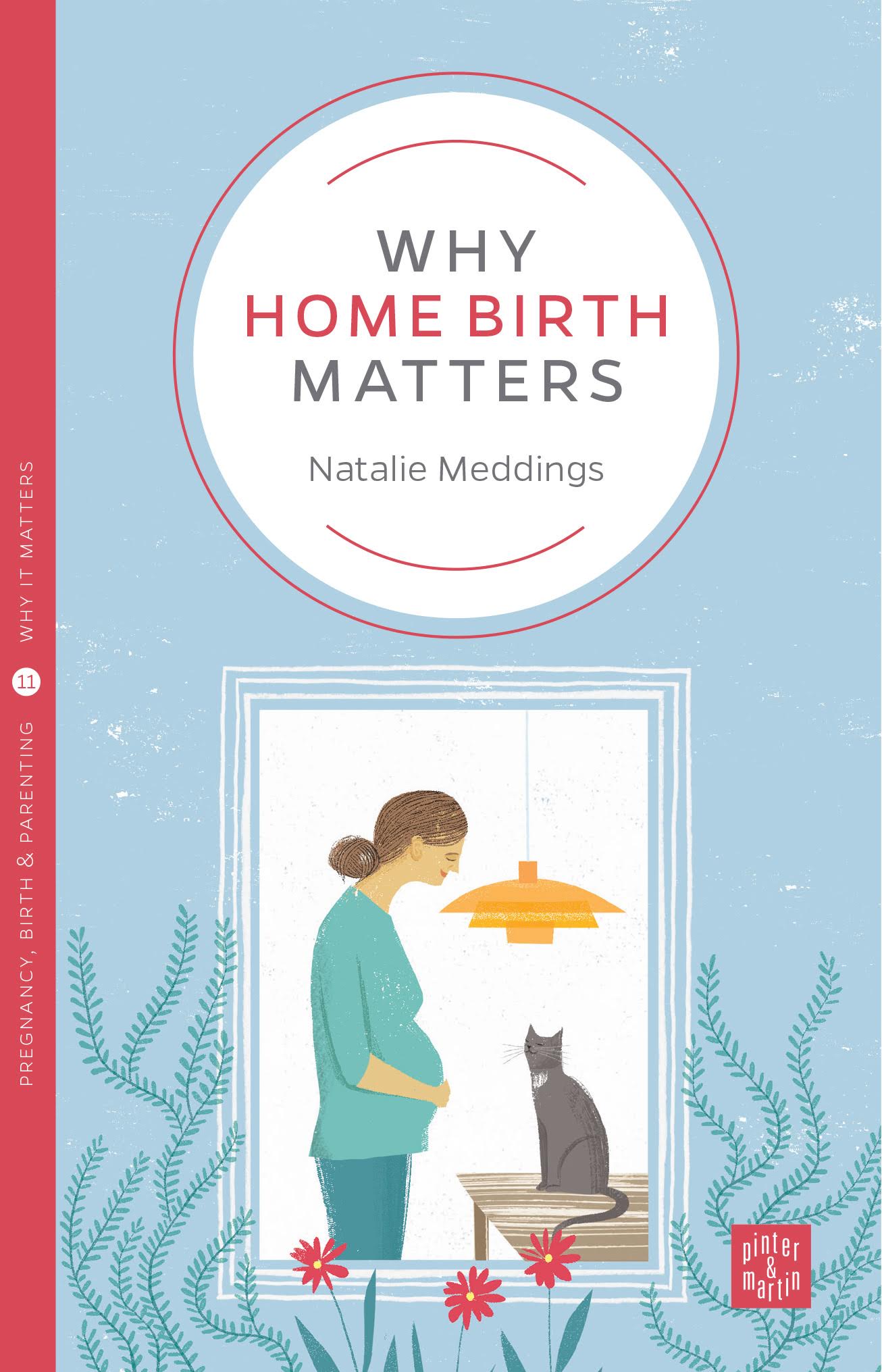
Why Home Birth Matters, £7.99 is published by and available to buy on Pinter & Martin, and on amazon.
How to Have a Baby, £16.99 is also available to buy.

Natalie Meddings has supported hundreds of women to give birth in her 15 years as a doula, as well as helping hundreds more to prepare with her active birth classes and her confidence-kindling site tellmeagoodbirthstory.com
A mother on a mission, Natalie’s dedicated aim is to help as many women as possible to have a great experience having a baby – and the best place to start she says, is at home.
Follow Natalie on Instagram.
More Healthista content:
8 everyday items that could affect fertility
6 signs stress is affecting your fertility
12 ways to increase your fertility – the expert’s guide
Is sugar ruining your fertility?
5 fertility mistakes your MAN is probably making
Like this article? Sign up to our newsletter to get more articles like this delivered straight to your inbox.

































